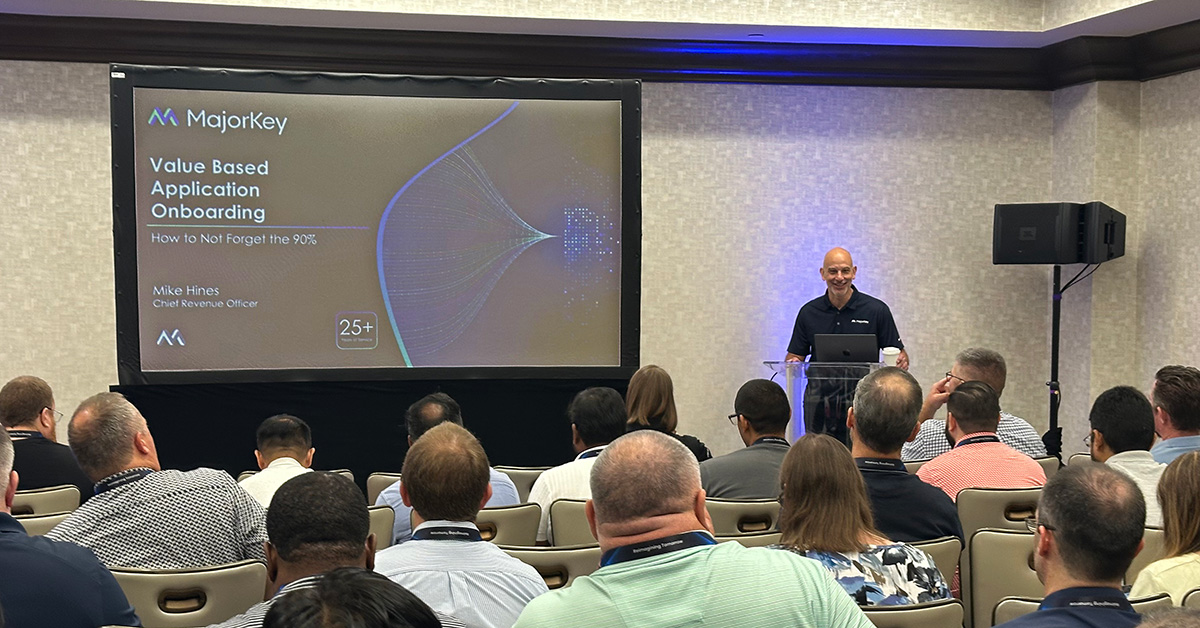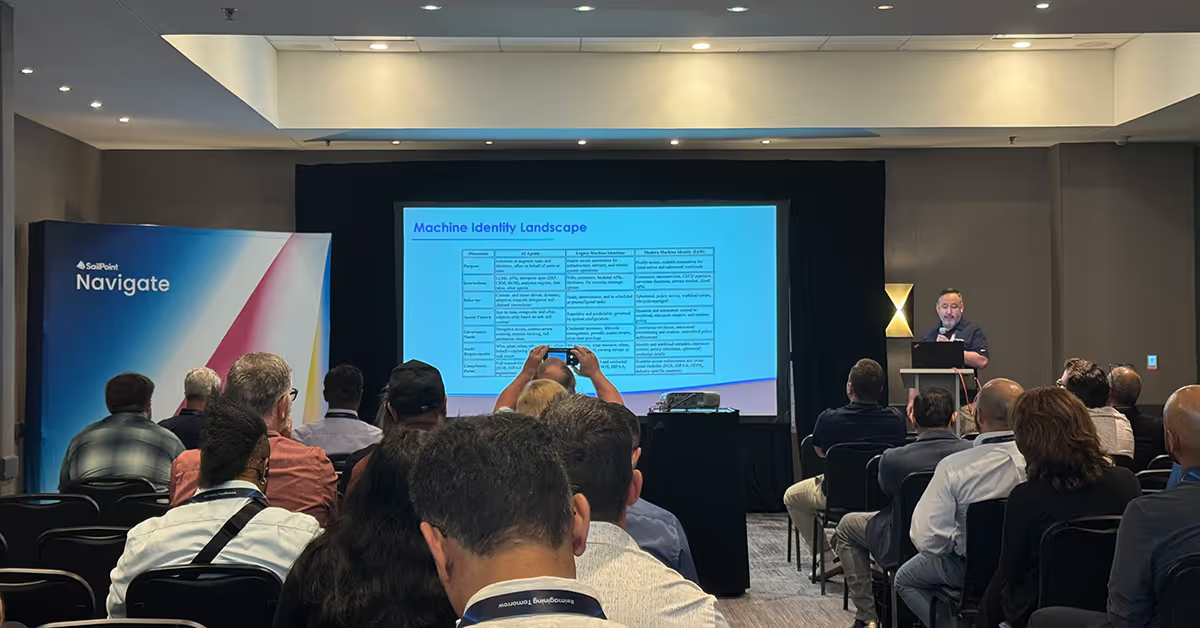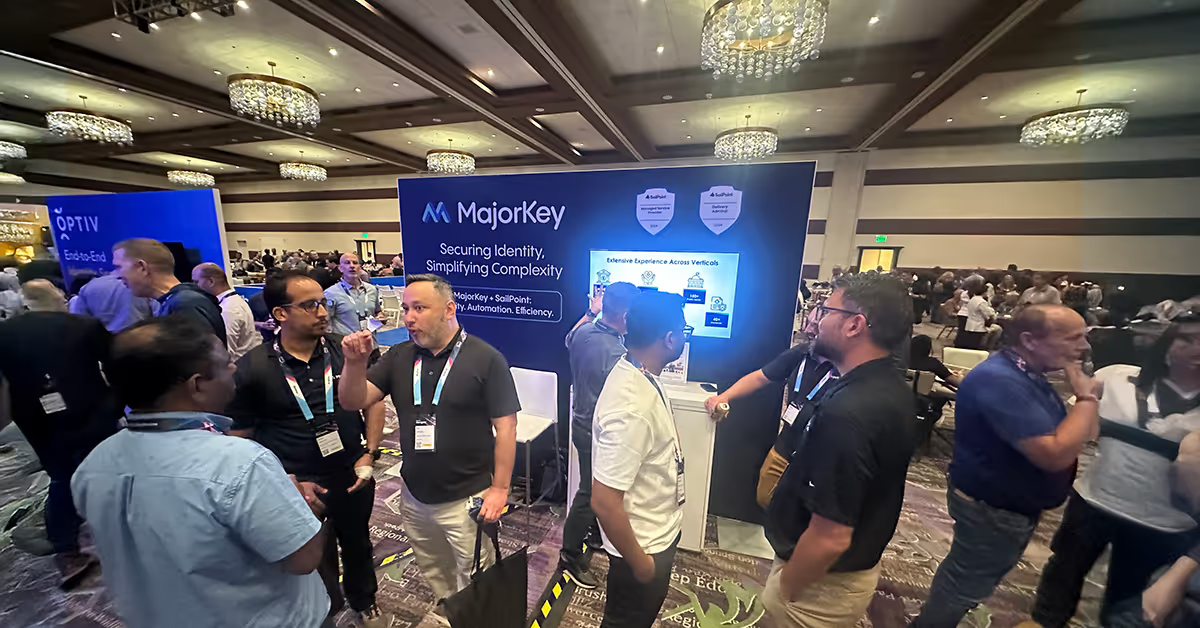Preparing for the 2024 Solar Eclipse: A Guide to Implementing NIST CSF 2.0
April 3, 2024
|
Duration:
min READ

As excitement for the 2024 solar eclipse grows, individuals and organizations alike are beginning to prepare for this awe-inspiring celestial event. Interestingly, the meticulous preparation required for viewing a solar eclipse can be a perfect analogy for implementing the new NIST Cybersecurity Framework (CSF) 2.0 in your organization. Here's how
Understanding the Phenomenon: Education and Awareness
Just as one must understand the science behind a solar eclipse to fully appreciate and safely view it, organizations must educate themselves on the NIST CSF 2.0. The framework is designed to help organizations manage and reduce cybersecurity risks. Like the path of totality in an eclipse, understanding the 'path' of cybersecurity risks is crucial for effective implementation. Following the path laid out for you in the new NIST CSF 2.0 will provide a better approach to reducing risk in your organization.
Gathering the Right Tools: Eclipse Glasses and Cybersecurity Measures
For a safe eclipse viewing experience, one needs proper eclipse glasses to protect their eyes from the sun's harmful rays. Similarly, implementing NIST CSF 2.0 requires the right 'tools'—security measures, policies, and procedures that protect an organization's digital infrastructure. All of these items together help you put together your own ‘glasses’ to view what is required by the NIST CSF 2.0 controls and truly understand what needs to be implemented.
Planning Your Location: Path of Totality and Cybersecurity Landscape
Eclipse enthusiasts often travel to locations on the path of totality for the best viewing experience, including thousands of miles in some cases. In cybersecurity, this translates to mapping out your organization's digital landscape to identify where critical assets lie and where protection is most needed. Do you know where these are in your organization? By using the new NIST CSF 2.0 and the many examples provided for each control, these can help you map your digital landscape.
Timing is Everything: Eclipse Phases and Framework Implementation
An eclipse has distinct phases, each requiring different preparations. From first contact, and just seeing the moon cross into the sun to the point of totality with the moon completely covering the sun. Implementing NIST CSF 2.0 is also a phased process, involving assessment, goal setting, and continuous monitoring. The organization will be taking on the new Govern function
Expect the Unexpected: Weather Changes and Cyber Threats
Just as weather can change unexpectedly during an eclipse, clouds can roll in and you need to make changes on the fly, cyber threats are dynamic and unpredictable. Organizations must stay flexible and have contingency plans, much like eclipse chasers ready to move to clearer skies.
Community Engagement: Shared Experiences and Collaborative Security
Viewing an eclipse is often a communal event, with people gathering to share the experience. Implementing NIST CSF 2.0 also benefits from a collaborative approach, sharing best practices and learning from others in the industry. There are groups in both the astronomy and cybersecurity industries that are always willing to help. They want everyone to be successful and share their knowledge with the community.
Reflecting on the Experience: Post-Eclipse and Post-Implementation Review
After the eclipse, people often reflect on the experience, discussing what went well and what could be improved. These include settings used to take pictures of the awe-inspiring sights to how things can be updated for the next eclipse. Similarly, after implementing NIST CSF 2.0, organizations should review their cybersecurity posture, making adjustments as needed for their next review.
Conclusion: A Moment of Awe and an Ongoing Commitment
The 2024 solar eclipse will be a moment of awe, reminding us of the universe's grandeur and our place within it. Implementing NIST CSF 2.0, while less visually spectacular, is an ongoing commitment to security that protects the organization's universe—its data, people, and operations.
As you prepare for the 2024 solar eclipse, let it inspire you to take a structured, informed approach to cybersecurity. By drawing parallels between these two seemingly disparate activities, we can find clarity and purpose in our preparation efforts, ensuring that just as we safely witness the eclipse, we can also safeguard our organizations against the ever-evolving landscape of cyber threats.
Authors

Identity Governance
No items found.
No items found.
.svg)



















.svg)
